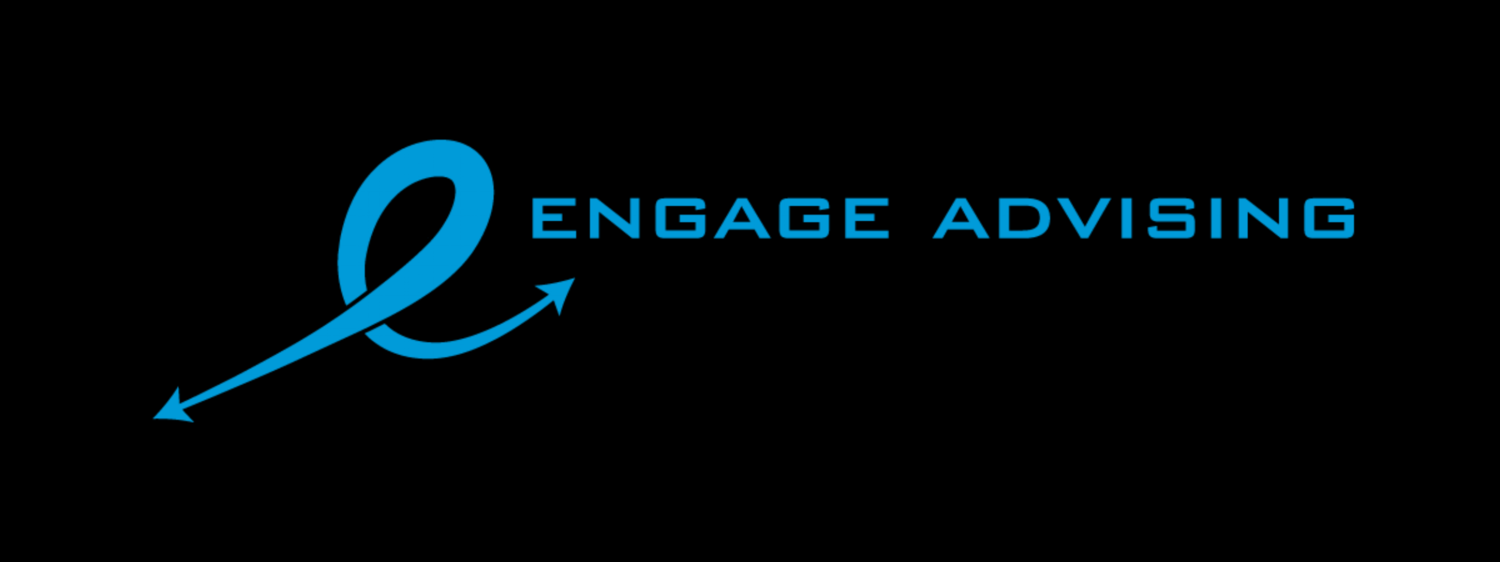Build back better by being a better budgeter! Ok, enough with the b words. Budgeting is a crucial building block to wealth and a key part of the financial planning process. It also seems to be the most hated aspect of personal financial planning. Most folks would rather go to the dentist than sit down and do their budget. I get it, for most fun with numbers really isn’t. I also think a major stumbling block to budgeting is that it can be revelatory and not in a good way. When we actually record and track our expenses, it can reinforce that we know our spending habits need to change. Instead of being proactive, many react by continuing the same behavior to avoid making the changes needed. Retail therapy, anyone? Budgeting doesn’t have to be complicated.
Today, we have many routes to take to build a better budget. Go old-school and use pen and paper if that makes you happy. Step it up one level by using Excel or Google Sheets. Both are a great way to go and have ready-made templates for budgeting and as a bonus, Google Sheets reside in the cloud so you have access from anywhere. Better yet, there’s an app for that! Consider using an online or app-based budget. I really like these because they are so handy and can be set up to send you spending alerts and you can see your progress in real time. That can be very motivating. Here are few additional resources to consider. Fair disclosure, Engage Advising receives no support, benefit, or financial favor from any of the service providers mentioned. This is simply for educational purposes.
Mint - Lots of folks like this free app. It’s convenient, easy to use.
YNAB (You Need a Budget) - This online budgeting tool requires a monthly service fee, but those who use it swear by it. If you need serious help and paying will make you stick to a budget, consider YNAB.
GoodBudget.com - Budgeting with a why. GoodBudget helps you track the why in your budget. You can set up goals and use the old envelope approach!
To get started with any budget, you need to pick an approach. There are several ways to go about budgeting, but I am going to share with you my favorite two approaches because they seem to be a fit for the majority of people who budget. There’s the reverse budget and the zero budget approach.
Reverse Budget - With the reverse budget, you pay yourself first! I absolutely LOVE this approach. Paying yourself first is key to wealth building. Once you pay yourself, you then allocate money to each recurring monthly expense (think rent/mortgage, auto loan). Then you pay for necessities such as food and utilities. Finally, with unallocated funds you can either pay yourself more (i.e., investments and savings), give to charity, or spend a little extra on what makes you happy.
Zero Budget - With zero budgeting you allocate every penny earned to either bills, savings, or debt. Ideally, your balance sheet reads zero once all monthly income is allocated. For some, this is too exacting and can take the joy out of any spending. For others, they relish the thought of knowing exactly where every cent went.
Whichever method you choose, stick to it and you'll master your cash flow in no time and start to see how budgeting underpins your spending and saving decisions. As an independent Certified Financial Planner™, I can help you prepare a budget strategy. Contact me and let’s get started! #talktometuesday #education #Hireaplanner #stressfree #savings #debt #CFPPro #budget #budgeting


